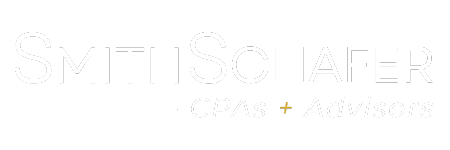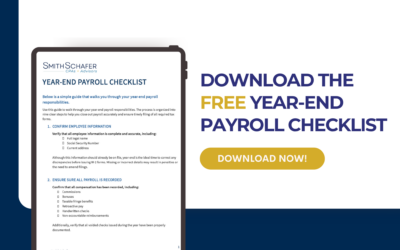As discussed in part two of our 401k blog series, one of the purposes of a retirement plan audit is to ensure the plan operates in compliance with both plan documents and IRS and DOL regulations. To do this, your auditor will request access to several documents. Some will be plan-specific documents, while others will be HR and related documents.
Organizing Documents for a Smooth 401k Audit Process
Examples of plan-specific documents requested for a first-time 401k audit will include:
- Plan document
- Adoption agreement
- IRS determination or opinion letter
- Current summary plan description
- Prior 5500s
- Agreements with third-party administrators and other plan providers
Other 401k plan-related documents will be requested annually or as updated:
- Any amendments to the plan document
- Minutes for meetings related to the plan (trustees, investment committee, etc.)
- Copy of fidelity bond insurance
- Compliance testing results received from plan’s third-party administrator
In addition to these documents that the plan sponsor should maintain, your auditor will also need certain documents from your third-party administrator or plan custodian. Most providers will prepare an audit package that includes all necessary documents and can easily be shared with a plan auditor.
Once your auditor understands your plan, they will test a sample of transactions within the plan to determine if it is operating correctly. Examples of the areas tested include:
- Participant eligibility – likely to include testing an employee’s age and length of service to determine if they are eligible to be in the plan
- Participant contributions – includes both the participant’s deferral and any employer contributions. This could also include testing the employee’s wages for accuracy.
- Investment earnings and other participant allocations
- Plan distributions
- Loans to participants (if allowed by the plan)
To test these areas, your auditor may ask for some of the following documents:
- Form I-9 or other documentation showing the employee’s date of birth and date of hire
- W-2s
- Company payroll registers
- Employees’ deferral election forms, including changes made during the year
- Employee’s election to not participate
- Support for pay rates
- Support for hours worked (timecards, work logs, etc.)
- Payout request forms
- Support for termination date, if applicable
- Form 1099-R for participant payouts
- Loan request forms
Several of these documents might be kept in an employee’s personnel file. Therefore, plan management should ensure these files are complete, clean, organized, and consistent. This will make it easier for management to gather the requested information, improving the audit’s efficiency.
Many plans are set up so that most of the features are available electronically, meaning participants can go online to change their deferral amount, request a payout of their account balance, change investment options/allocations, or request a loan. It is, therefore, possible that the plan sponsor does not have documentation for these transactions. However, since many of these items affect employees’ payroll, plan management will still be responsible for ensuring that the changes are applied appropriately, and that documentation is maintained to support the changes.
Questions about 401k document organization?
Choosing an auditor well-versed in benefit plan audits can be extremely helpful. Smith Schafer frequently works with 401k plans undergoing their first required audit and find many of the plan sponsors are not aware of all the requirements to get the audit completed and timely filed with the Plan’s Form 5500.
If you currently have a small plan but anticipate growing, we recommend you start addressing requirements leading up to the first audit. The more prepared your company is when the audit starts, the more time and resource-efficient both your company personnel and the auditor will be. If you have any questions or have an employee benefit plan that requires an audit, feel free to contact us at [email protected], and we will assist you.




